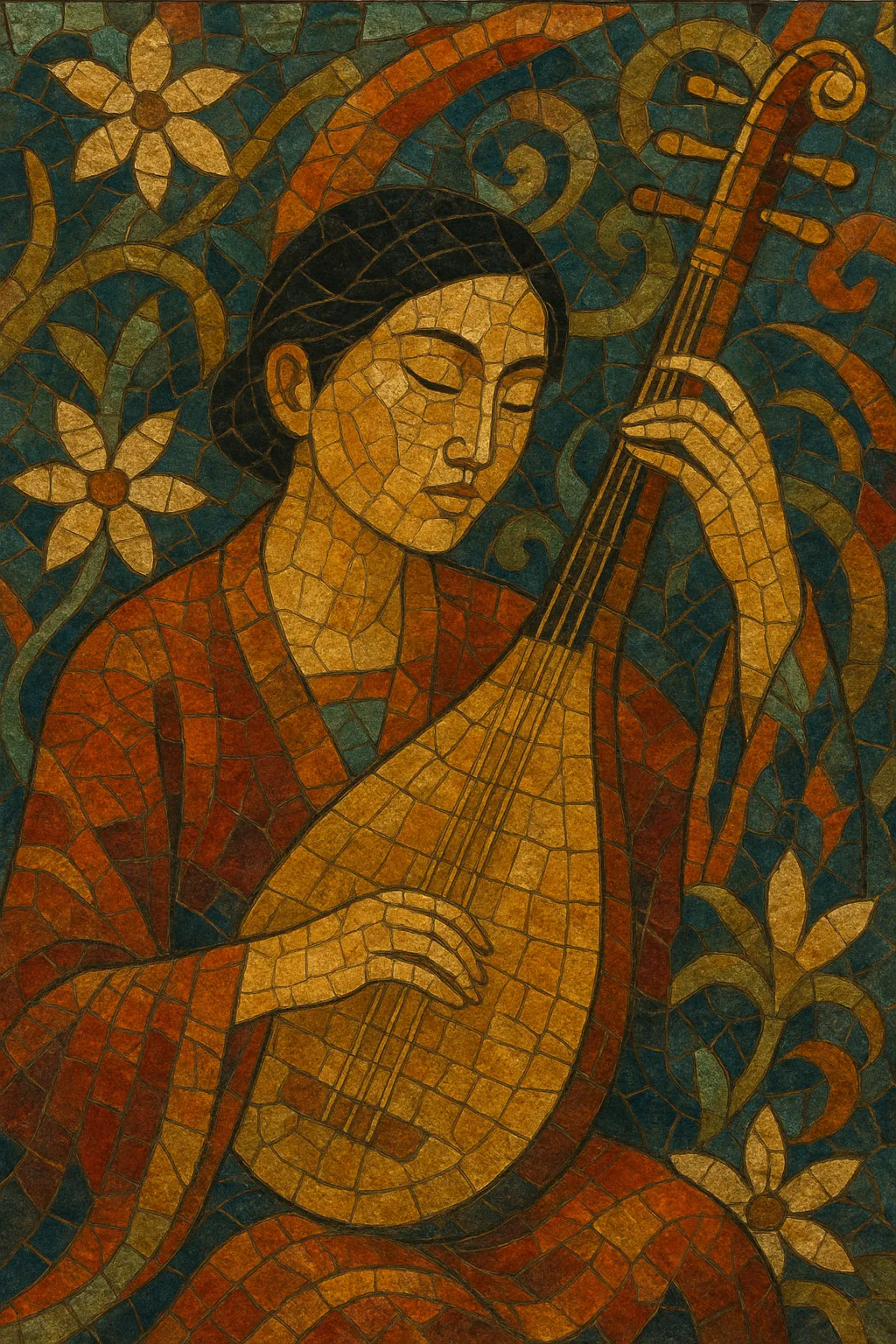
Oriental ballad is a strand of East Asian pop balladry that fuses Western pop ballad forms with "oriental" melodic colors, timbres, and ornamentation drawn from traditional East Asian music.
Emerging in South Korea in the 1990s, it retains the piano-and-strings core and verse–chorus build of Western ballads, but threads in pentatonic-leaning melodies, modal inflections, and occasional use of instruments such as gayageum, haegeum, or bamboo flutes. The result is a lush, emotive sound that feels both contemporary and rooted in regional aesthetics—particularly suited to cinematic love songs and television drama themes.
Typical recordings feature intimate vocals, lyrical vibrato and slides, gentle tempos, and orchestral swells, often culminating in a soaring final chorus. While pop-forward in structure and production, the genre’s signature comes from how it colors harmony and melody with East Asian sensibilities.
South Korea’s pop industry in the 1990s consolidated Western pop-ballad songwriting (piano-led arrangements, verse–chorus climaxes) and local melodic sensibilities. Producers and arrangers began to foreground pentatonic-leaning vocal lines, ornamental slides, and timbres that evoked Korean traditional music (gugak), giving rise to what came to be labeled “oriental ballad.”
The style gained mass visibility through K‑pop ballad singers and television drama OSTs. Orchestral arrangements, polished studios, and crossover writing made the sound ubiquitous across radio and TV, while occasional gayageum/haegeum lines or flute textures added a distinct regional color without abandoning contemporary pop polish.
With the pan-Asian popularity of Korean dramas and ballad singers, the approach influenced neighboring markets’ pop ballads and OST writing. While each market retained its own language and idiom, the combination of Western ballad craft and East Asian melodic color became widely recognizable.
Today, oriental ballad remains a staple for emotive singles and OSTs: intimate verses, a cinematic lift to the final chorus, and tasteful modal or pentatonic touches. Most productions are digital‑first, blending sampled strings with live vocals and hybrid acoustic/electronic rhythm beds.

